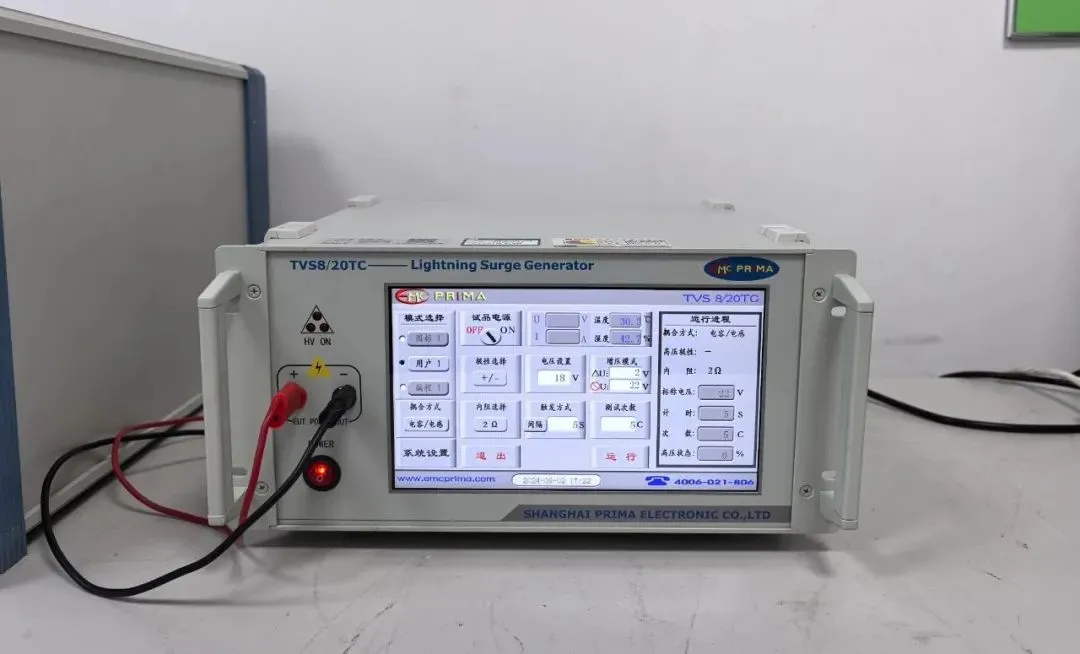
Prop 65 Warning on Toys
To protect California residents and its drinking water resources from carcinogenic and reproductive toxic cheMICals, in November 1986, California enacted the Safe Drinking Water and Toxic Enforcement Act of 1986, commonly known as Proposition 65. This law increases awareness of toxic chemicals in products that people may come into contact with. Proposition 65 is codified under Sections 25249.5–25249.13 of the California Health and Safety Code.
The list of regULated substances under Proposition 65 does not include specific quantitative limits. Limit requirements are usually based on existing litigation cases, which define permissible chemical limits and testing methods. These cases directly affect all products in the same category sold in California.

California Proposition 65 Requirements for Toys and Children’s Products
1. Modeling Clay
BBP, DNHP, DEHP, DBP, or DIDP must not be detected.
2. Children’s Products (general)
① Coating lead content ≤ 90 ppm
② Substrate lead content ≤ 100 ppm
③ DEHP ≤ 1000 ppm
3. Toys & Children’s Care Products for children 0–6 years
① Care products for children under 3 years (used for sleep, hygiene, feeding, sucking, or teething)
② DEHP, BBP, DBP, DIDP, or DnHP ≤ 1000 ppm
4. Children’s Jewelry (≤12 years)
① Any part: Lead ≤ 0.01% (100 ppm)
② Coating lead ≤ 0.009% (90 ppm)
③ Recommended materials: metal, plastic & rubber, coating, synthetic leather, and glass/crystal unless exempted
④ Exempted glass/crystal: total weight ≤ 1 g
5. Children’s Sports Products(e.g., balls, rackets, gloves, helmets)
① DEHP, DBP, or BBP ≤ 1000 ppm
② Lead in accessible materials ≤ 300 ppm
6. Children’s Jewelry (≤12 years)
① Cadmium ≤ 300 ppm
② Jewelry for children over 6 years: cubic zirconia, glass, rhinestones, and ceramic glass are exempt
7. Children’s Halloween Costumes, Accessories, and Play Products
① Examples: costumes, false eyelashes, masks, gloves, shoes, belts, hand straps, toy weapons, jewelry
② Soluble arsenic ≤ 25 ppm
③ Parts intended to be mouthed: total cadmium ≤ 300 ppm
④ Parts not intended to be mouthed: soluble cadmium ≤ 75 ppm
⑤ DEHP, DBP, BBP < 0.1% each
⑥ Formaldehyde: children ≥3 years ≤ 75 ppm; children <3 years ≤ 20 ppm
⑦ Coating lead ≤ 90 ppm; substrate lead ≤ 100 ppm
8. PU Foam Mats for Children and Infants(e.g., resting mats)
PU materials must not containthe following:
① Tris(1,3-dichloro-2-propyl) phosphate (TDCPP)
② Tris(2-chloroethyl) phosphate (TCEP)
③ Tris(1-chloro-2-propyl) phosphate (TCPP)
④ 2-ethylhexyl tetrabromobenzoate (TBB)
⑤ BIS(2-ethylhexyl)-2,3,4,5-tetrabromophthalate (TBPH)
⑥ Triphenyl phosphate (TPP)
⑦ Penta-BDE, Octa-BDE, Deca-BDE
⑧ 2,2-bis(chloromethyl) trimethylene bis(bis(2-chloroethyl) phosphate) (V6)
⑨ 4-(tert-butyl)phenyl diphenyl phosphate (MDPP)
⑩ Bis(tert-butylphenyl) phenyl phosphate (DBPP)
⑪ Tris(4-tert-butylphenyl) phosphate (TBPP)
Penalties and Recommendations
① Products that violate Proposition 65may be subject to civil penalties of up to \$2,500 per day.
② Compliance with existing litigation precedents cannot guarantee complete immunity from lawsuits, but it can significantly REDuce legal risk.
③ It is strongly recommended that companies strictly control harmful substancesin their products based on actual composition and existing litigation cases to minimize potential lawsuits.
Email:hello@jjrlab.com
Write your message here and send it to us
 Do I Need EC Homologation in the USA?
Do I Need EC Homologation in the USA?
 FCC Part 15B & Part 97 Certified
FCC Part 15B & Part 97 Certified
 EMC Pre-Compliance Testing UK
EMC Pre-Compliance Testing UK
 EMC Compliance Testing Australia
EMC Compliance Testing Australia
 Electrical Compliance Testing NZ
Electrical Compliance Testing NZ
 Compliance Testing for Children's Clothing
Compliance Testing for Children's Clothing
 Amazon Product Compliance Testing
Amazon Product Compliance Testing
 What is RCM Compliance Testing?
What is RCM Compliance Testing?
Leave us a message
24-hour online customer service at any time to respond, so that you worry!




